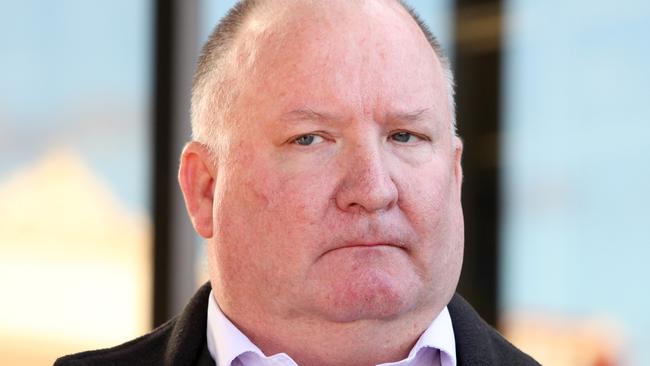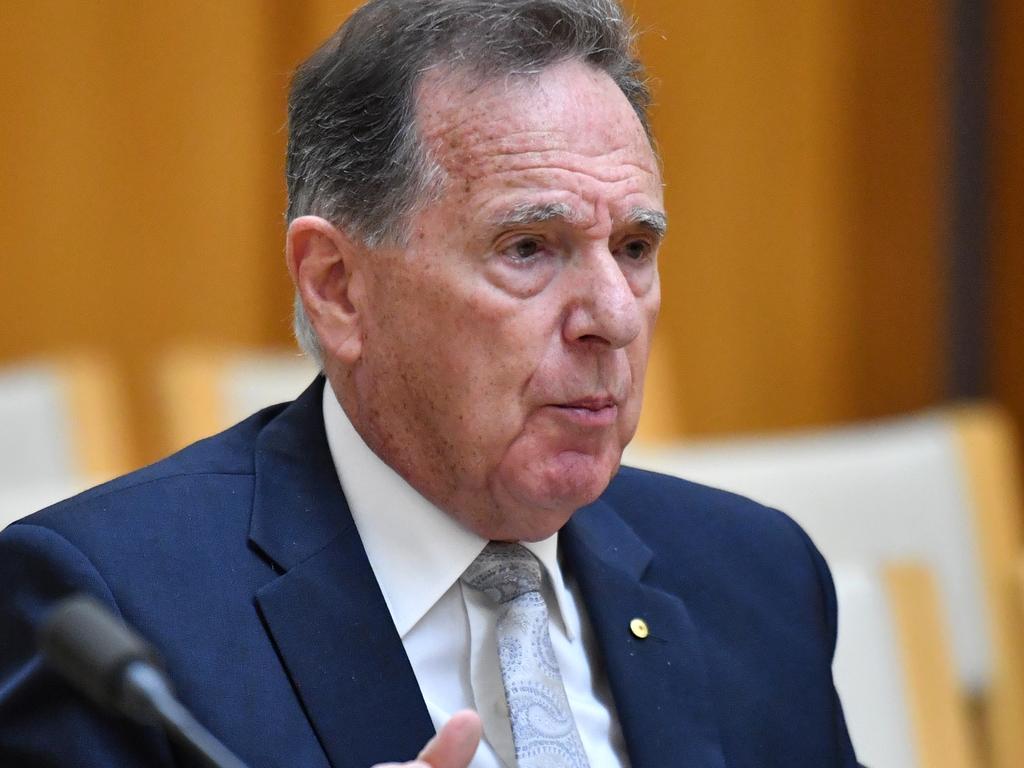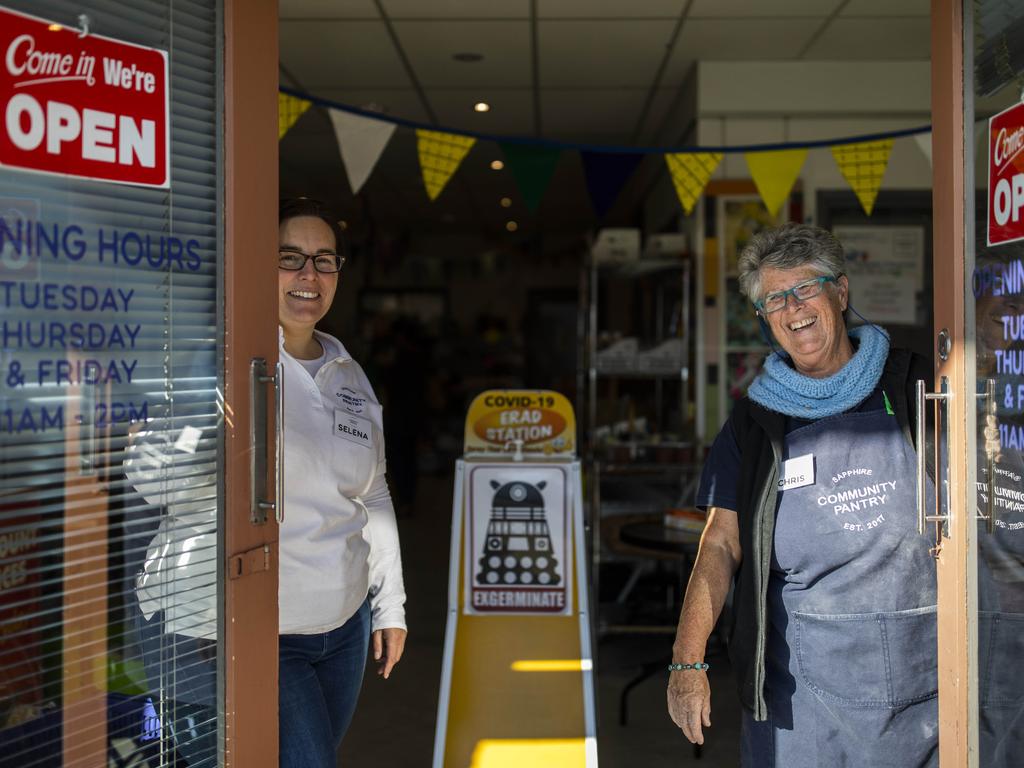Black Summer bushfire inquiry: Clear land, cut bushfire risk
Hazard-reduction burns should be greatly increased and take place closer to at-risk communities, bushfire inquiry says.

Hazard-reduction burns should be greatly increased and take place closer to at-risk communities, according to recommendations from an independent NSW inquiry investigating the catastrophic Black Summer bushfires.
The Berejiklian government is also being urged to invest in long-term modelling and forecasts of climate extremes, along with studies that track the effects of droughts on the intensity and frequency of bushfires in Australia.
The fires, which started in October and continued until February, killed 34 people, destroyed more than 3000 homes and left 12 million hectares of land scorched across the country.
The recommendation to increase land clearing and hazard-reduction burns will be controversial, splitting the Coalition while also being opposed by some in Labor and by the Greens.
The inquiry — led by former NSW Police deputy commissioner Dave Owens and former NSW chief scientist Mary O’Kane — was given six months to report on causes of the fires, the preparation and planning, the community response, and other factors.
The Weekend Australian has obtained a number of the 76 recommendations in the 450-page report, which has been handed to the government.
It recommends substantially increasing the amount of hazard reduction conducted each year and calls for the burns to be targeted at protecting endangered towns, some of which have been left repeatedly exposed during successive fire seasons. The report notes that, in some cases, hazard reduction was undertaken too far from towns, often kilometres away, leaving them surrounded by flammable land.
It calls for hazard reductions to be carried out closer to towns, and notes that in some cases this was not done because of the inconvenience of smoke haze.
The report also calls for a Bushfire Technology Fund to research more thorough firefighting techniques and for an increase in land clearing in fire-sensitive areas.
While the report was handed to Gladys Berejiklian on July 31, it has not yet been released nor distributed to cabinet. Despite the imminent start of the bushfire season, no cabinet discussions about the report took place this week.
The Rural Fire Service has listed six areas — Armidale, Walcha, Uralla, Glen Innes Severn, Inverell and Tenterfield — where residents should begin making fire safety arrangements.
A government spokesman said the recommendations were being considered and the full document would be released, along with a response, by the end of August.

Another recommendation seen by The Weekend Australian is for the government to invest in long-term monitoring, modelling and forecasting of ecosystems as they face a changing climate. That research would also consider the relationship between fires and drought and “hydrological” changes. It would also consider ecosystem adaptations including moving high conservative-value areas further south as climate conditions change.
Government officials briefed on the recommendations expect a political showdown over the findings, including within the Coalition, after lengthy debate in the aftermath of the bushfires about their causes.
One official said many of the recommendations favoured policy positions advocated by Nationals MPs, including Deputy Premier John Barilaro, who have repeatedly called for a revamp of landclearing policies and the establishment of a single public land-management agency.
Mr Barilaro has also advocated for the greater use of burns, which he says are “under-utilised as a tool for bushfire preparedness and managing risk”.
That has put Mr Barilaro at odds with other Coalition figures including Environment Minister Matt Kean, but also Labor and the Greens, who view the current hazard-reduction burns as a threat to ecologically sensitive areas. “It will be a shitfight, but Labor would be very foolish to block any of these recommendations,” one official said.
Another government official, who spoke on condition of anonymity because of the sensitive nature of the document, said the precision targeting recommended in the report could result in less land being cleared or burnt.
The current hazard reduction target is set at 135,000ha.
“It’s basically code for less net (land) clearing by area overall and being more prescriptive about where you can clear,” the second official said. “It’s being viewed as a stalking horse for (the) environment movement by some Nats.”
In their submission to the inquiry, the NSW Greens said the most significant increase in bushfire risk was climate change, which created “catastrophic” conditions. “The government must develop an urgent plan to prepare Australian communities (and) health and emergency services for escalating fire danger and must rapidly phase out the burning of coal, oil and gas which is driving more dangerous fires,” wrote the Greens, in a joint party room submission.
“Further we need … comprehensive and transparent assessment of the impacts of the fires on species and habitat (and) increased resource allocation to National Parks and Wildlife to employ local ecologists and pyro-geographic experts to provide advice and ongoing management of all regeneration projects.”
The inquiry’s report does not contain significant criticisms of Rural Fire Service management, despite some concerns from brigades, but does make recommendations for increased funding to improve a range of operational capabilities. There are also recommendations about better communications between agencies involved in firefighting and prevention efforts, in particular one that calls for it to be required that any complaints about bushfire hazards received across government be forwarded to the RFS.
Public land is governed by four agencies — NSW National Parks and Wildlife Service, Crown Lands, the Local Land Services, and NSW Forestry Corporation — with numerous management plans and more than 30 pieces of legislation.
Other recommendations contained in the inquiry report relate to indigenous land management techniques, which were discussed at length after the bushfires. Professor Kane and Mr Owens recommend that a program co-ordinated by Aboriginal Affairs and the Planning Department commit to greater use of those techniques.








To join the conversation, please log in. Don't have an account? Register
Join the conversation, you are commenting as Logout